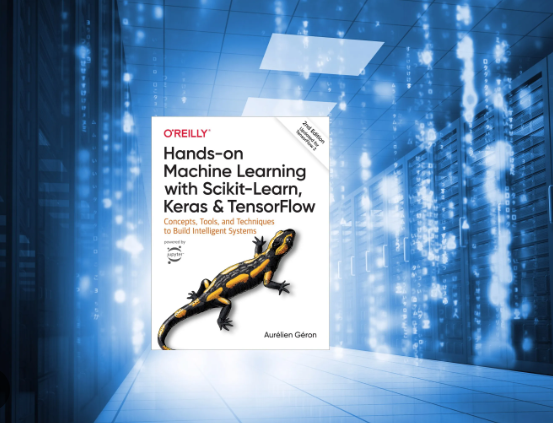Machine learning is a popular field that involves developing algorithms and models that can learn patterns and make predictions or decisions based on data. Python provides powerful libraries like scikit-learn and TensorFlow for machine learning. Let’s explore these libraries:
- Scikit-learn:
Scikit-learn is a versatile machine learning library that offers a wide range of algorithms for classification, regression, clustering, dimensionality reduction, and more. It provides a consistent API and is widely used for its simplicity and ease of implementation. Here are the key components of scikit-learn:
- Preprocessing: Scikit-learn provides various tools for data preprocessing, including scaling, encoding categorical variables, handling missing values, and feature selection.
- Supervised Learning: It includes algorithms such as linear regression, logistic regression, support vector machines (SVM), decision trees, random forests, and gradient boosting.
- Unsupervised Learning: Scikit-learn offers algorithms for clustering (e.g., K-means, DBSCAN), dimensionality reduction (e.g., PCA, t-SNE), and outlier detection.
- Model Evaluation: It provides functions for evaluating models using various metrics like accuracy, precision, recall, F1 score, and ROC curve.
- TensorFlow:
TensorFlow is a powerful library for building and training deep learning models. It provides a flexible and efficient computational framework for neural networks and offers high-level APIs like Keras for easier model development. Key features of TensorFlow include:
- Computation Graphs: TensorFlow uses a computation graph paradigm where operations are represented as nodes and data flow as edges. This allows efficient execution on CPUs, GPUs, or distributed systems.
- Neural Networks: TensorFlow provides extensive support for building neural networks, including different types of layers, activation functions, loss functions, and optimization algorithms. Sequential and functional APIs in Keras simplify model building.
- GPU Acceleration: TensorFlow seamlessly utilizes GPUs for accelerated computations, making it suitable for training deep learning models on large datasets.
- Pre-trained Models: TensorFlow Hub provides a repository of pre-trained models and model components that can be easily integrated into your own applications.
- TensorFlow Extended (TFX): TFX is an ecosystem of libraries and tools built on top of TensorFlow for end-to-end machine learning pipelines, including data preprocessing, model training, model serving, and model evaluation.
- Integration of scikit-learn and TensorFlow:
Scikit-learn and TensorFlow can be used together in machine learning workflows. For example:
- Use scikit-learn for data preprocessing, feature extraction, and model evaluation. Once the data is prepared, feed it to TensorFlow for training deep learning models.
- Use TensorFlow for feature engineering, creating custom layers, or building complex models. Then, use scikit-learn for model evaluation and hyperparameter tuning.
- Utilize scikit-learn’s pipelines to chain data preprocessing steps with TensorFlow models, enabling a seamless integration of both libraries.
Both scikit-learn and TensorFlow have extensive documentation, tutorials, and examples that can help you get started with machine learning tasks. It’s recommended to explore these resources and experiment with different algorithms and models to gain a deeper understanding of machine learning in Python.


